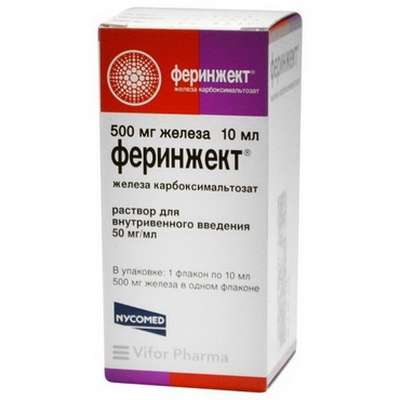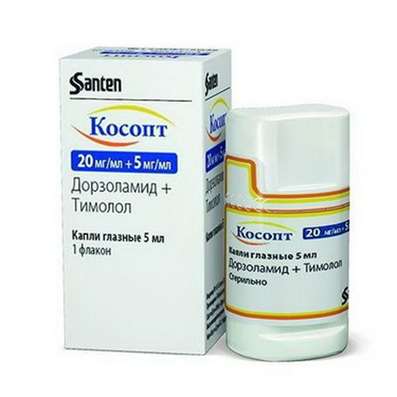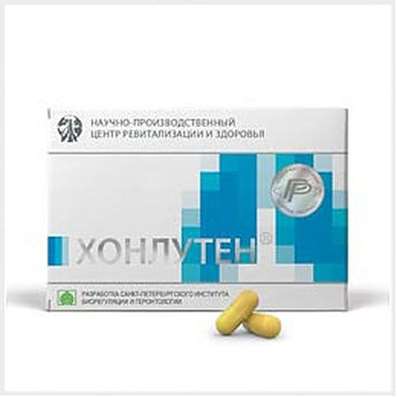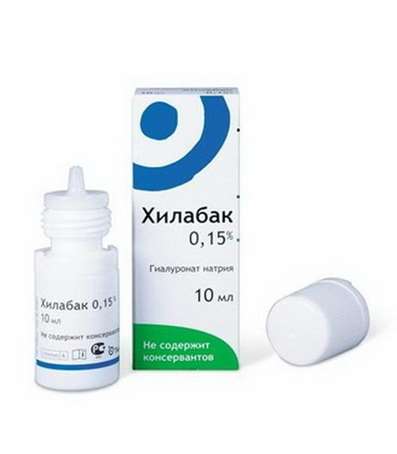Instruction for use: Prinorm
I want this, give me price
Trade name of the drug – Prinorm
Dosage Form: tablets
Active substance: Atenololum
ATX
C07AB03 Atenolol
Pharmacotherapeutic group: Beta1-selective blocker [Beta-blockers]
The nosological classification (ICD-10)
I10 Essential (primary) hypertension: hypertension; Arterial hypertension; Arterial hypertension crisis course; Essential Hypertension; Essential hypertension; Essential hypertension; Essential hypertension; Essential hypertension; Primary hypertension; Arterial hypertension, complications of diabetes; The sudden increase in blood pressure; Hypertensive disorders of blood circulation; hypertensive condition; hypertensive crises; arterial Hypertension; malignant Hypertension; Hypertonic disease; hypertensive crises; accelerated hypertension; malignant hypertension; The aggravation of hypertensive disease; Transient hypertension; Isolated systolic hypertension
I15 Secondary hypertension: Arterial hypertension, complications of diabetes; hypertension; The sudden increase in blood pressure; Hypertensive disorders of blood circulation; hypertensive condition; hypertensive crises; hypertension; arterial Hypertension; malignant Hypertension; hypertensive crises; accelerated hypertension; malignant hypertension; The aggravation of hypertensive disease; Transient hypertension; hypertension; Arterial hypertension; Arterial hypertension crisis course; renovascular hypertension; Hypertension symptomatic; Renal hypertension; Renovascular hypertension; renovascular hypertension; Symptomatic hypertension
I20 Angina [angina]: Heberden disease; Angina pectoris; The attack of angina pectoris; recurrent angina; Spontaneous angina; Stable angina pectoris; Angina rest; Angina progressing; Angina mixed; Angina spontaneous; stable angina; Chronic stable angina; Angina Syndrome X
I25.2 Transferred last myocardial infarction: Cardiac syndrome; Myocardial infarction; post-MI; Rehabilitation after myocardial infarction; Reocclusion of the operated vessel; Angina postinfarctnaya; Status after myocardial infarction; Status after myocardial infarction; myocardial infarction
I47.1 Supraventricular tachycardia: Supraventricular paroxysmal tachycardia; supraventricular tachyarrhythmia; supraventricular tachycardia; Supraventricular arrhythmias; Supraventricular paroxysmal tachycardia; supraventricular tachyarrhythmias; supraventricular tachycardia; Neurogenic sinus tachycardia; orthodromic tachycardia; Paroxysmal supraventricular tachycardia; Paroxysm of supraventricular tachycardia; Paroxysm of supraventricular tachycardia with WPW-syndrome; Paroxysm of atrial tachycardia; Paroxysmal supraventricular tachyarrhythmia; Paroxysmal supraventricular tachycardia; Politopnye atrial tachycardia; Atrial fibrillation; Atrial tachycardia is true; Atrial tachycardia; Atrial tachycardia with AV block; reperfusion arrhythmias; Reflex Bertsolda-Jarisch; Recurrent sustained supraventricular paroxysmal tachycardia; Symptomatic ventricular tachycardia; Sinus tachycardia; Supraventricular paroxysmal tachycardia; supraventricular tachyarrhythmia; supraventricular tachycardia; supraventricular arrhythmia; supraventricular arrhythmias; Tachycardia of AV connections; supraventricular tachycardia; Tachycardia orthodromic; sinus tachycardia; The nodal tachycardia; Chaotic atrial tachycardia politopnye; Wolff-Parkinson-White
I49.1 Premature atrial depolarization: supraventricular arrhythmia; supraventricular arrhythmia; supraventricular arrhythmias; supraventricular arrhythmias; supraventricular arrhythmias; supraventricular beats; atrial premature beats
I49.4 Other and unspecified premature depolarization: extrasystole arrhythmia; extrasystole; extrasystole unspecified
Composition (per tablet): atenolol 100 mg
Excipients: starch; magnesium carbonate; gelatin; sodium lauryl sulfate; magnesium stearate
in blisters 7 pcs .; 2 In the paper cartons packaging.
Characteristic
Cardioselective beta1-blocker.
Pharmacological Properties of Prinorm
Pharmachologic effect - antianginal, antihypertensive, anti-arrhythmic.
Pharmacodynamics
Decreases automaticity of sinus node, it slows the heart rate slows AV conduction, reduces the excitability of myocardial contractility and reduces myocardial oxygen demand. When used in medium therapeutic doses has a less pronounced effect on the smooth muscles of the bronchi and peripheral arteries than non-selective beta-blockers.
Pharmacokinetics
Fast, but not all (50%) absorbed from the gastrointestinal tract. Once inside the Tmax is 2-4 hours Connection with the plasma protein -. 6-16%. T1 / 2 -. 6-8 hours almost entirely (85-100%) is excreted unchanged (non-metabolized) in the urine. Very poorly crosses the blood-brain barrier. It penetrates through the placental barrier and is excreted in breast milk.
Indications of Prinorm
Arterial hypertension, prevention of angina attacks, except Prinzmetal angina, cardiac arrhythmias: ventricular premature beats, sinus tachycardia, supraventricular tachyarrhythmia prevention; secondary prevention of myocardial infarction.
Contraindications
Hypersensitivity, AV block II and III degree, sick sinus syndrome, cardiogenic shock, acute heart failure, sinus bradycardia, hypotension myocardial (systolic blood pressure below 100 mm Hg. Art.), Chronic heart failure II B-III stage, sinuauricular blockade, metabolic acidosis, asthma, childhood.
Pregnancy and breast-feeding
When pregnancy is possible if the expected effect of therapy outweighs the potential risk to the fetus. Since the drug is excreted in breast milk, lactation should be taken only in exceptional cases with great care.
Side effects
Since the cardiovascular system: the emergence of symptoms of heart failure, the AV conduction, bradycardia, hypotension, cold feeling in extremities, and paresthesia.
CNS: dizziness, insomnia, decreased ability to concentrate, drowsiness, depression, hallucinations, lethargy, fatigue, headache.
On the part of the digestive tract: dry mouth, nausea, vomiting, diarrhea, abdominal pain, constipation.
The respiratory system: dyspnea, bronchospasm, apnea.
From the side of hematopoiesis: thrombocytopenic purpura, anemia (aplastic), thrombosis.
From the Endocrine: gynecomastia, reduced potency, decreased libido.
Metabolic reactions: hyperlipidemia, hypoglycemia.
Skin: rash, dermatitis, pruritus, photosensitivity.
Interaction
Nitrates increase the hypotensive effect. Enhances hypoglycemic effect of insulin and oral hypoglycemic agents. Ergotamine derivatives, xanthine, NSAIDs reduce efficiency. Verapamil and diltiazem can mutually reinforce cardiodepressive action. In an application with cardiac glycosides increase the risk of bradycardia and AV conduction disorders; with reserpine, methyldopa, clonidine possible bradycardia. Upon termination of the combined use with clonidine, Prinorm canceled a few days before the cancellation of the latter. It reduces the elimination of lidocaine and increases the risk of toxic effect. Application of a phenothiazine derivative promotes mutual increase in serum concentration with theophylline and aminophylline - mutual suppression therapeutic effects. Not recommended simultaneous appointment of MAO inhibitors.
Dosage and Administration
Inside, the food, not liquid, squeezed small amounts of liquid.
Arterial hypertension. Treatment starts at 50 Atenolol 1 mg once a day. To achieve a stable hypotensive effect requires 1-2 weeks of receipt. With the lack of severity of the hypotensive effect, increase the dose to 100 mg in 1 reception. Further increase of the dose is not, as recommended it is not accompanied by increased clinical benefit.
Angina pectoris: the initial dose - 50 mg per day. If during the week is not an optimal therapeutic effect, the dose was increased to 100 mg, and sometimes - 1 to 200 mg once a day. Elderly patients and patients with impaired renal excretory function requires correction dose. In renal failure dose depending correcting Cl creatinine. In patients with renal insufficiency with Cl creatinine more than 35 ml / min / 1.73 m 2 (normal - 100-150 ml / min / 1.73 m2) Prinorma significant accumulation does not occur.
The recommended maximum dose Prinorma for patients with renal insufficiency
Creatinine clearance ml / min / 1.73 m2 15-35 less than 15
T1 / 2 16-27 more than 27
The maximum dose 50 mg / day 50 mg every other day
Patients who are on hemodialysis, in a hospital (as possible fall in blood pressure) Prinorm appoint 50 mg / day immediately after each dialysis.
Overdose
Symptoms: bradycardia, AV block II and III degree, the growing symptoms of heart failure, hypotension, bronchospasm, hypoglycaemia.
Treatment: In severe bradycardia - 1 ml of a 0.1% solution of atropine sulfate in /. When AV blockade II and III extent possible appointment of isoprenaline - 5 mg sublingually, repeated at 2-4 h or / in, drip or slow jet solution at a dose of 1-1.5 mg. When bronchospasm - inhalation or / salbutamol (beta2-agonists).
Precautionary measures
In patients with coronary artery disease abrupt withdrawal of beta-blockers can cause an increase in the frequency or severity of anginal attacks, so the abolition of the drug should be made gradually.
Special attention is required selection of doses in patients with cardiac decompensation.
Compared with non-selective beta-blockers, cardioselective have less effect on lung function, however in obstructive airway diseases Prinorm should be given only in case of absolute indications. If necessary, their purpose in some cases may be recommended beta2-agonists.
Prinorm mask tachycardia occurring with hypoglycemia, and can prolong the hypoglycaemic response to insulin. Care should be taken while the use of hypoglycemic drugs in patients with diabetes.
If necessary, surgery under general anesthesia, the drug should be discontinued 48 hours before surgery. As anesthetic drugs should be chosen with the minimum possible negative inotropic effect.
With care prescribe a drug to patients with psoriasis, pheochromocytoma, hyperthyroidism, myasthenia gravis, Raynaud's disease and various obliterative peripheral arterial disease, with severe impaired renal excretory function.
In an application with clonidine Prinorma reception should be stopped several days before clonidine to avoid the cancellation of the last syndrome.
If necessary, the on / in verapamil, this should be done at least 48 hours after receiving Prinorma.
As the extremely rare cases cause symptomatic hypotension and bradycardia, the drug does not affect the ability to drive a car and operate machinery.
Storage conditions of Prinorm
At a temperature of 15-30 ° C.
Keep out of the reach of children.
Shelf life
4 years.
Do not use beyond the expiration date printed on the package.

 Cart
Cart





